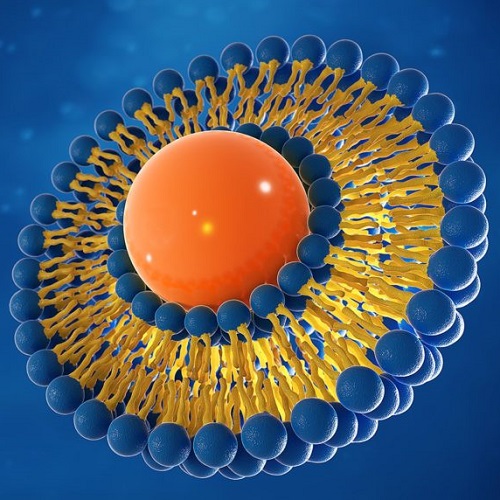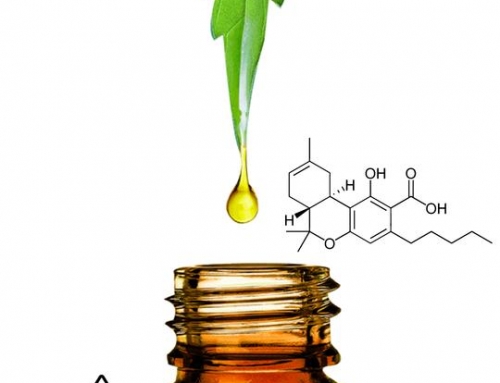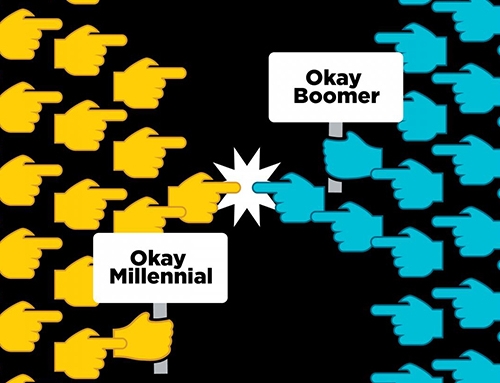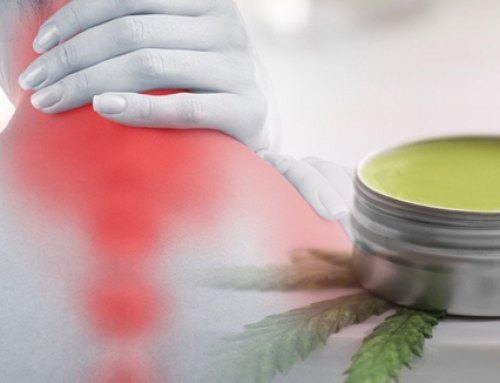Oil and water do not mix, as oil floats on top of water. Lipids (oil) need to transform in some way to move through the intestinal walls or to move through the blood/brain barrier. Before more advanced nanotechnologies emerged, conversions to micelles and liposomes were popular methods of transforming hemp oils into soluble versions of themselves.
WATER-SOLUBLE: A substance that is capable of dissolving in water.
EMULSION: A mixture of two or more liquids that are normally unmixable, such as oil and water.
Hemp oil must be absorbed and not surf on the top of watery solutions in order to have bio-value. Initially, a liposome-based delivery system was often used. A liposome, literally meaning, “fat body” is a lipid sphere that contain an aqueous, water-based core. Liposomes were originally used by pharma companies to boost bioavailability and deliver injectable meds, then later, oral meds as well, throughout the body by outsmarting somatic nutrient absorption barriers. Liposome technology was later harnessed to assure that oil-based vitamins were more efficiently absorbed through the intestinal walls and liposomes are now enwrapping and protecting hemp oils to make them soluble, easily absorbed and more bio available.
A liposome is like a double layered bubble, a small sphere of oil tails and water heads. When these or any phospholipids are in watery or aqueous solutions their hydrophobic fatty acid tails hate the water and so they turn away, like oil separating from water to create distance from the watery liquid. That repulsion forces their hydrophilic or water loving phosphate heads to turn towards the liquid. As they line up, they arrange themselves in two parallel layers to form a double layered or bilayer membrane that closely resembles the membranes that surround cells in the body and are critical to cell function. It’s like a ball within a ball within a ball that holds the payload of both water soluble and fat soluble ingredients.
The result of the liposome oil and water dance then is a small sphere made up of an aqueous solution ringed by a double layer of hydrophilic and hydrophobic membranes. The hydrophilic material can be dissolved into the aqueous core and the hydrophobic material can dissolve with the hydrophobic outer bilayer. This lipid bilayer can relate to the body’s internal bilayers surrounding cell membranes to enable delivery of its contents directly through cell walls.
Micelles are a different variation of the now familiar liposome themes. Micelle technology is based on micelle formation and the use of surfactants or emulsifiers to enhance water solubility of functional ingredients for increased stability, absorption and bioavailability.
Micelle technology aims to mimic the body’s method of absorbing fatty acids in the gastrointestinal tract. Mother nature creates minute vesicles that are water soluble on the outside and carry fat soluble nutrients on the inside. These natural micelle formations are essential for the digestion and absorption of fat-soluble nutrients, vitamins and omega-3’s. Whereas liposomes are phospholipids that encapsulate a lipid, a micelle sphere is formed from ionized fatty acids combined with a solubilizer in a single layer. Their hydrophobic or water hating tails cluster together at the center and don’t allow any water-soluble compounds into the interior oils as their polar hydrophilic heads have an electrostatic attraction to the ions that surround the solution. Micelles kind of hand hold the fatty acids and move them through the walls of the small intestines.
Both liposomes and micelles have limitations that hemp marketers seem to ignore. They are not the latest technology breakthroughs. Liposomes are larger and more expensive than micelles, but they are also less stable, less consistent and can be PH dependent. Bio-availability claims for both micelles and liposomes can be overstated. The emulsifiers used for micelle formation can have negative health impacts and bring flavor issues to formulations.
Both micelles and liposomes fall far short of delivering the bio-availability metrics of a true nano product. Size is key for absorption through cell walls. Liposomes may reach up to 500 nm (0.5micron) or more. Micelles are smaller and therefore better. In fact, some labs have touted micelle products to be smaller than 100 nanometers. It is against those standards that nanotechnology has emerged as the hemp world’s technological champion.










